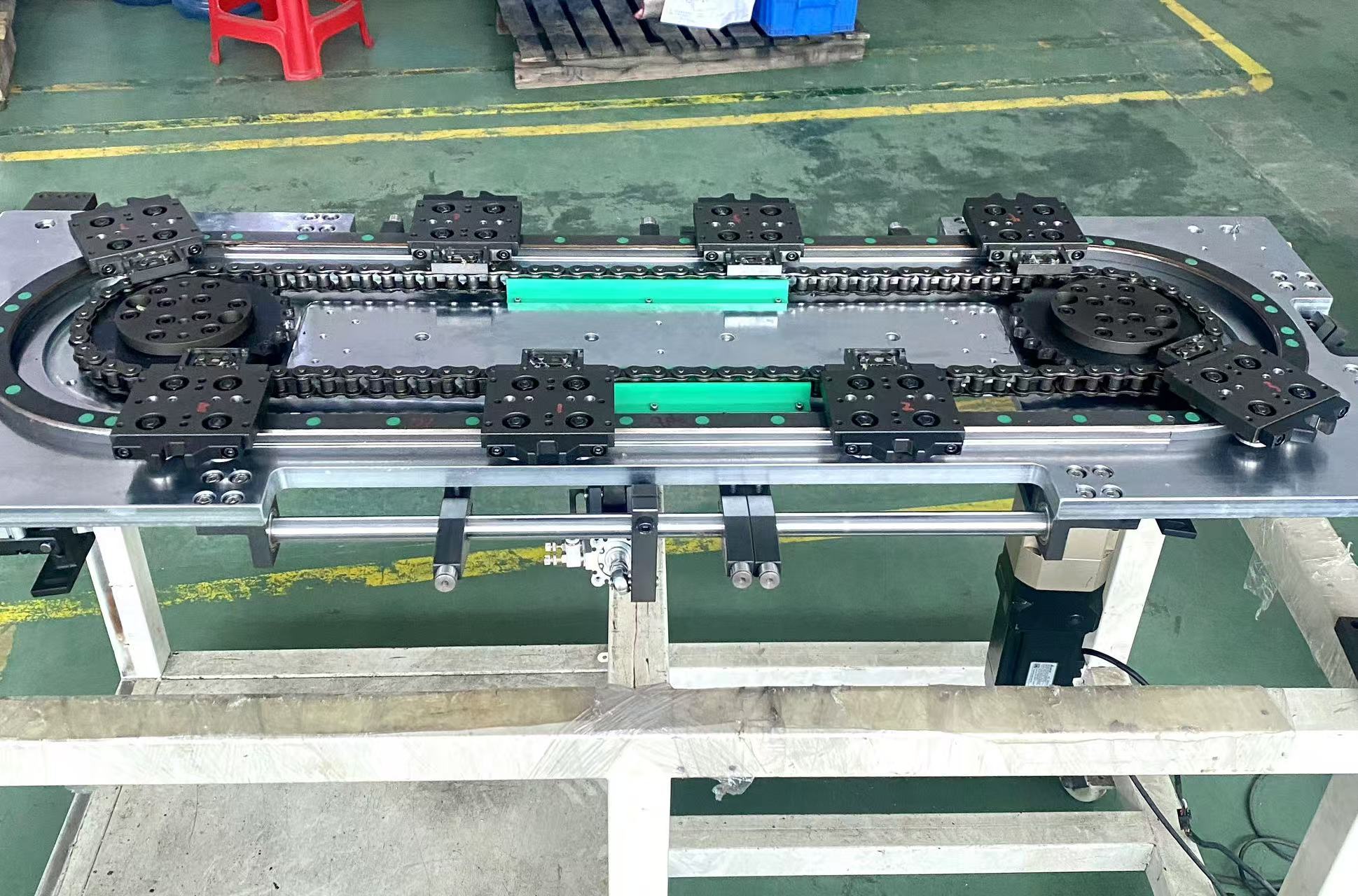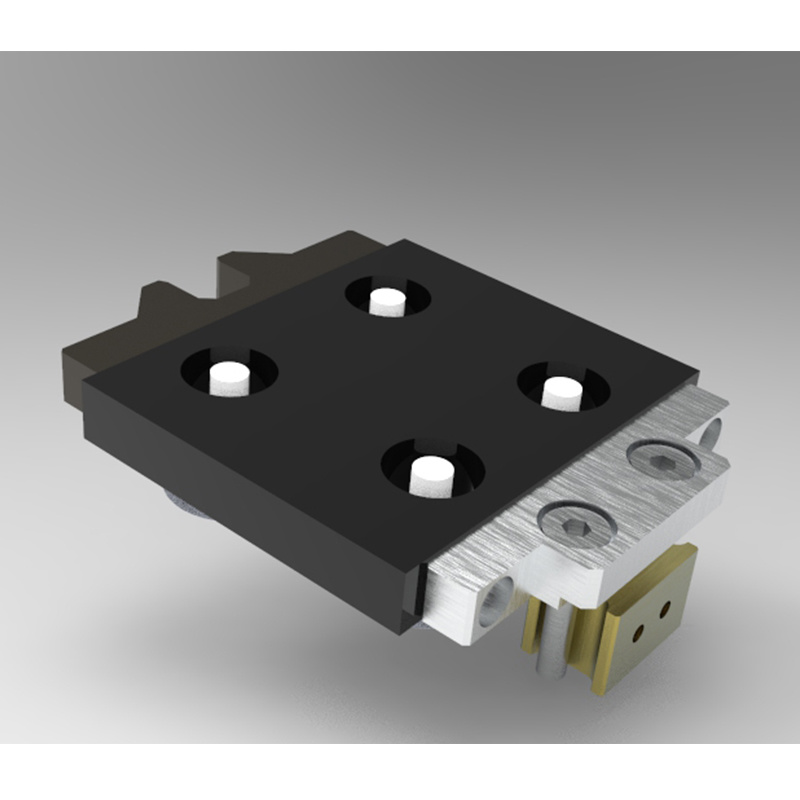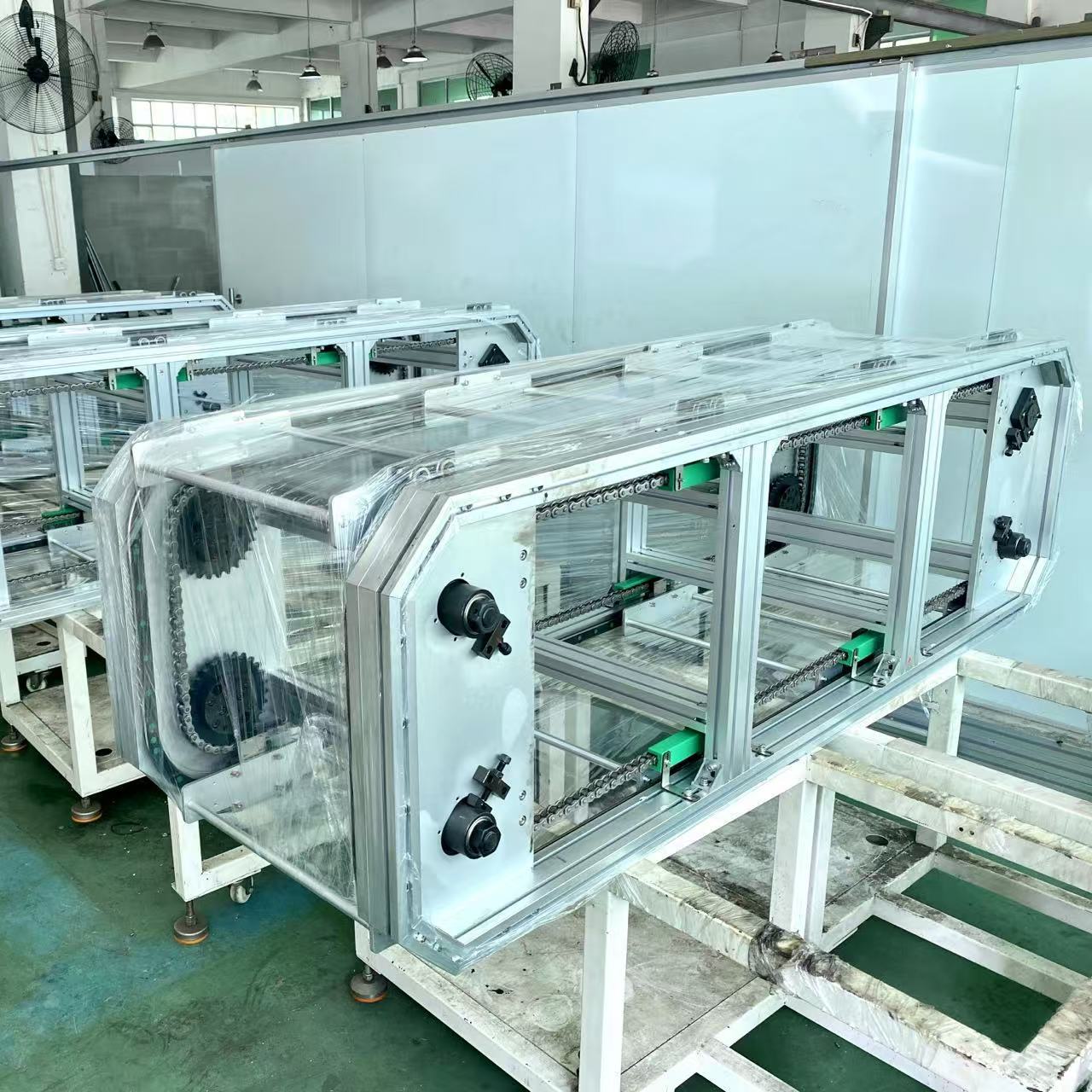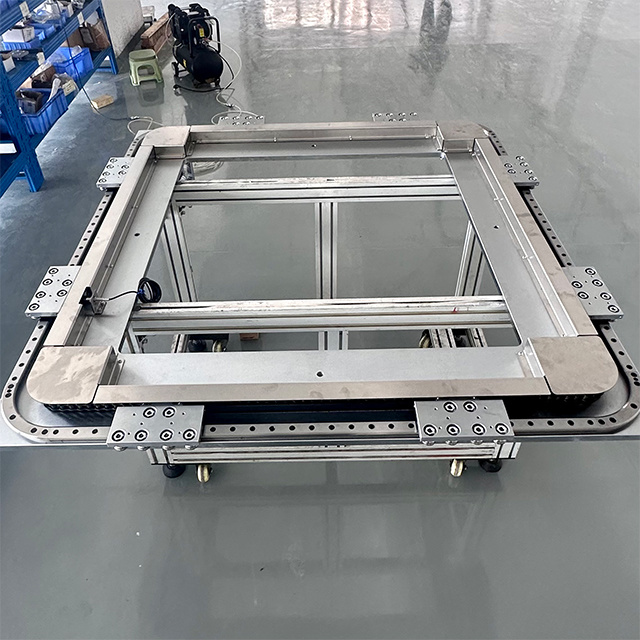Enhancing Machine Tool Efficiency with Precision Curved Guides
Apr 10,2025
Enhancing Machine Tool Efficiency with Precision Curved Guides
Table of Contents
Introduction to Machine Tool Efficiency
Understanding Precision Curved Guides
Benefits of Using Curved Guides in Machine Tools
Applications of Precision Curved Guides
Key Design Considerations for Curved Guides
Installation and Maintenance of Curved Guides
Real-World Examples of Curved Gui
Enhancing Machine Tool Efficiency with Precision Curved Guides
Table of Contents
- Introduction to Machine Tool Efficiency
- Understanding Precision Curved Guides
- Benefits of Using Curved Guides in Machine Tools
- Applications of Precision Curved Guides
- Key Design Considerations for Curved Guides
- Installation and Maintenance of Curved Guides
- Real-World Examples of Curved Guides in Action
- The Future of Precision Curved Guides in Manufacturing
- Conclusion
- FAQs
Introduction to Machine Tool Efficiency
The manufacturing industry is continuously evolving, and with it comes the necessity for **enhanced efficiency** in machine tools. As the backbone of production, machine tools require precision and reliability to maintain high levels of productivity. In this dynamic environment, integrating **precision curved guides** can significantly elevate the performance of machine tools, ensuring that they operate at their optimum capacity.
Understanding Precision Curved Guides
Precision curved guides are specialized components designed to support and direct the motion of machine tools along a predetermined path. Unlike traditional linear guides, these curved guides provide a unique method of movement that allows for smoother transitions and enhanced accuracy.
The Mechanics Behind Curved Guides
Curved guides operate on a principle of geometry that minimizes friction and wear. By guiding the machine tool along a curved path, these components reduce the stress on both the machine and the workpiece, ensuring that the desired specifications are met with minimal deviation.
Types of Precision Curved Guides
There are several types of precision curved guides available, including:
- **Roller guides**: Utilizes rollers to minimize contact area and friction.
- **Ball bearing guides**: Incorporates ball bearings for smooth movement and reduced wear.
- **Linear guides**: Although primarily linear, these can be adapted for curved applications.
Each type offers distinct advantages, depending on the specific requirements of the machine tool.
Benefits of Using Curved Guides in Machine Tools
Integrating precision curved guides into machine tools presents numerous benefits, including:
1. Enhanced Precision and Accuracy
Curved guides allow for more precise control over the movement of the tool, resulting in improved accuracy in machining operations. This precision is especially crucial in industries where tolerances are tight.
2. Reduced Friction and Wear
By minimizing contact points with the workpiece, curved guides significantly reduce friction, leading to decreased wear on both the guides and the tool. This not only extends the life of the components but also reduces maintenance costs.
3. Increased Speed and Efficiency
With smoother transitions and reduced friction, machines equipped with curved guides can operate at higher speeds without compromising quality. This boost in efficiency can translate to shorter production times and increased output.
4. Flexibility in Design
Curved guides can be customized to fit the specific needs of various machine tools, providing greater flexibility in design and application. This adaptability makes them suitable for a wide range of machining tasks, from simple cuts to complex contours.
5. Improved Workpiece Quality
The stability and precision offered by curved guides lead to improved surface finishes on machined components. This quality enhancement can be a game-changer for industries that demand high aesthetic and functional standards.
Applications of Precision Curved Guides
Precision curved guides find applications in various sectors, including:
1. Aerospace Manufacturing
In aerospace manufacturing, where precision is paramount, curved guides are used in CNC machines to produce intricate components with tight tolerances.
2. Automotive Industry
The automotive sector leverages curved guides in machining processes for engine components, transmission parts, and chassis construction, ensuring durability and performance.
3. Medical Device Manufacturing
Curved guides play a crucial role in the production of medical devices, where precision and reliability are essential for patient safety and device efficacy.
4. Electronics Industry
In electronics manufacturing, curved guides assist in the precise machining of circuit boards and other intricate components, facilitating high production rates without sacrificing quality.
Key Design Considerations for Curved Guides
When designing precision curved guides, several factors must be taken into account:
1. Material Selection
Choosing the right material is critical for durability and performance. Materials like stainless steel, aluminum, and composite materials provide varying benefits in terms of strength, weight, and resistance to wear.
2. Load Capacity
Understanding the load capacity requirements of the machine tool is essential for selecting appropriate curved guides. Overloading can lead to premature wear and failure.
3. Radius of Curvature
The radius of curvature impacts the smoothness of the motion and the overall performance of the machine. Careful consideration of the curvature is necessary to achieve optimal results.
4. Installation Environment
Factors like temperature, humidity, and the presence of contaminants can influence the performance and longevity of curved guides. Design considerations must address these environmental factors.
Installation and Maintenance of Curved Guides
Proper installation and maintenance are crucial for ensuring the effectiveness of precision curved guides.
1. Installation Process
- **Preparation**: Ensure that the mounting surfaces are clean and free from debris.
- **Alignment**: Accurate alignment is essential for optimal performance. Use precision tools to achieve the correct positioning.
- **Fastening**: Secure the guides using appropriate fasteners, ensuring they are torqued to the manufacturer's specifications.
2. Regular Maintenance Practices
- **Inspection**: Regularly inspect guides for signs of wear or damage.
- **Lubrication**: Apply appropriate lubricants to reduce friction and prolong life.
- **Cleaning**: Keep the guides clean to prevent contamination and ensure smooth operation.
Real-World Examples of Curved Guides in Action
To illustrate the impact of precision curved guides, consider the following examples:
1. Aerospace Component Production
A leading aerospace manufacturer implemented precision curved guides in its CNC milling machines, resulting in a 30% increase in production speed while maintaining stringent quality standards.
2. Automotive Assembly Lines
In the automotive industry, curved guides were integrated into robotic arms used for assembly tasks, leading to improved accuracy and a reduction in scrap rates by 15%.
The Future of Precision Curved Guides in Manufacturing
As technology advances, the future of precision curved guides looks promising. Innovations such as smart materials and integrated sensors are expected to enhance their functionality, providing real-time feedback and predictive maintenance capabilities. This evolution will lead to even greater efficiencies and reliability in machine tool applications.
Conclusion
In summary, integrating precision curved guides into machine tools presents a compelling opportunity for manufacturers seeking to enhance efficiency, accuracy, and overall performance. By understanding the mechanics, benefits, and application of these guides, industries can harness their full potential, driving productivity and innovation. As technology continues to evolve, embracing these advancements will be crucial for maintaining a competitive edge in an ever-changing marketplace.
FAQs
1. What are precision curved guides?
Precision curved guides are components that direct the movement of machine tools along a curved path, enhancing accuracy and reducing wear.
2. How do curved guides improve machine tool efficiency?
Curved guides minimize friction, reduce wear, and allow for smoother transitions, leading to increased speed and precision.
3. In which industries are curved guides commonly used?
Curved guides are utilized in aerospace, automotive, medical device manufacturing, and electronics industries.
4. What factors should be considered when designing curved guides?
Key considerations include material selection, load capacity, radius of curvature, and the installation environment.
5. How often should curved guides be maintained?
Regular maintenance practices, such as inspections, lubrication, and cleaning, should be conducted to ensure optimal performance and longevity.
Hot Tags:
Related News













